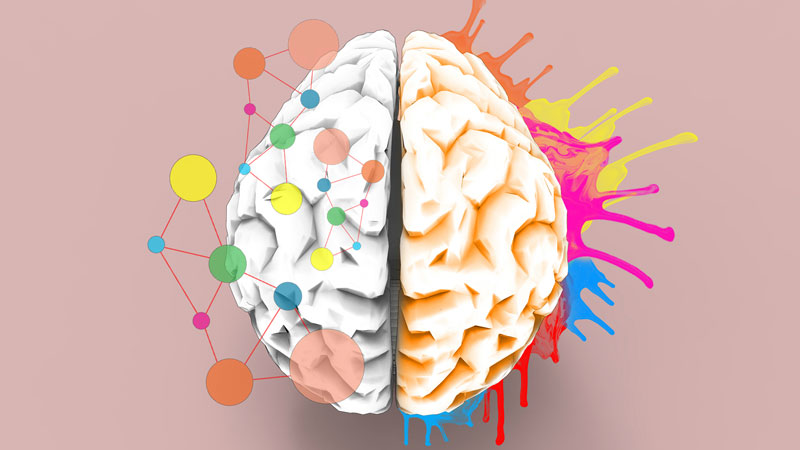
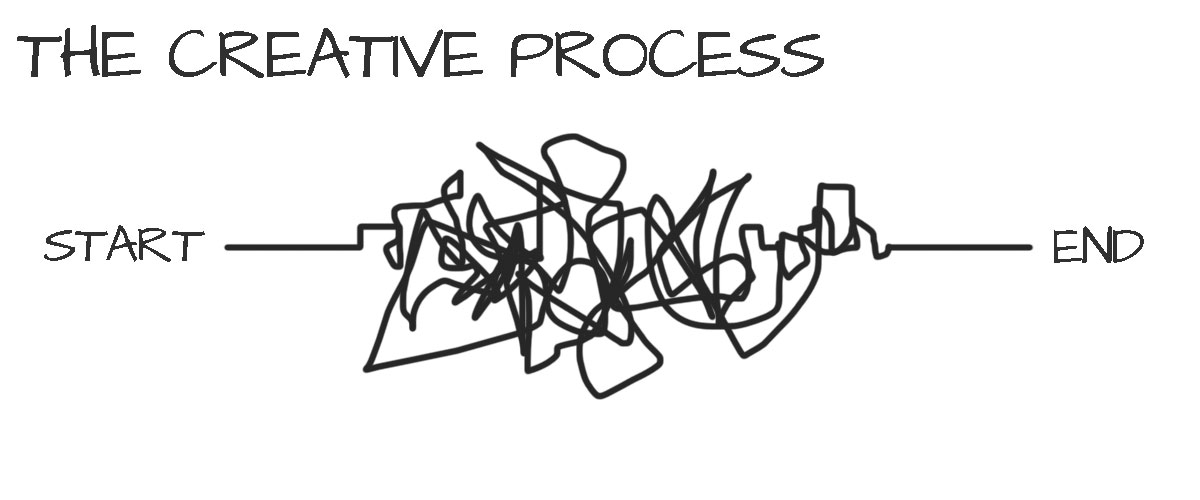
The truth is that we all approach what we create differently. And although this post is about “the creative process” in general, the actual steps involved will vary from person to person. For some, the process is easy. For others, it can be torture.
The Brain
The creative process requires the use of both sides of our brain. The free thinking right brain controls our ideas, inspiration, and most of the production process, while our analytical left brain is in charge of evaluating, reworking, and sharing.
Most of us have one side of our brain that seems to dominate making parts of the process easier and others more difficult. If you are mostly a “right-brained” individual, then the evaluation and sharing parts of the process may be more difficult for you, while the ideas seem to flow uncontrollably.
“Left-brained” individuals will have an easier time with evaluation, (sometimes over evaluating), while ideas are sometimes harder to come by.
Are you left or right brained? Watch the video below from BuzzFeed.com to find out…
Before going any further, I think that it’s important to point out that left-brained people can be very successful artists. There is a misconception that all artists are dominated by the right hemisphere of their brain, and that left-brained people are just a bunch of mathematicians. This couldn’t be further from the truth.
Strengths and Weaknesses
Understanding your strengths (and weaknesses), and accepting them, is important to finding success in anything in life, not just creating art. Understanding what parts of your creative process may trip you up will help you get through those steps, so that your creativity will continue to flow and that you continue to be a productive artist.
As I mentioned before, we all approach creating differently. However, most of us will flow through some form of each step that follows.
Steps of the Creative Process
1. Inspiration – We are all inspired by different things. It may be an object, a person, an experience, a song, or even a feeling. But one thing is common – our inspiration comes from an external source.
To make the most of what inspires us, we need to make an effort to look for it. Instead of waiting for inspiration to strike, put yourself in a position to be inspired. If music inspires you, listen to as much of it as possible. If you are inspired by a person, spend more time with them.
2. Idea – Your idea and your inspiration are different. For some, the idea comes almost immediately after inspiration, making the distinction between the two a little more difficult to detect. For others, the idea solidifies gradually over time, after the initial inspiration. Unlike the source of inspiration, the idea is born internally. It is unique to the artist that conceives it.
3. Research – This step can also be considered as planning. We may sketch out our idea or research methods and/or media to communicate our newly formed idea. Sometimes, the idea may change at this stage, taking on a new life or direction.
4. Production – The artifact is created in the production stage. The inspiration has led to an idea, the planning and research have been completed, and the art is now being produced. The idea is now transforming into a visual communication that is reflective of the artist that creates it.
5. Critique – The process now shifts from a creative endeavor to an analytical one. The artist must now remove themselves from the work, recognize the flaws, and make the necessary changes.
It is my opinion that critique should not be viewed as an evaluation of the finished work, but rather a “check” on progress towards a goal. For some artists, it is difficult to view their art as a “product”. But this is essential if the art is to reach its full potential. Critique is decidedly a left-brained part of the process and should be approached with an analytical, open mind.
6. Rework – With flaws exposed and recognized, the art is revisited. Changes are made based on the judgments made in the critique.
7. Evaluation – It is not until all changes have been made to the art that the evaluation of the success or failure of the work is decided. Strengths of the work should be noted, so that they may be incorporated in future works. Weaknesses should also be recognized, so that they may be avoided in future works. It is important to remember that it is the work that is evaluated, not the artist.
8. Presentation – Art is meant to be shared. Whether that be in a prestigious gallery or on the walls of your home, your art should not be hidden away. The last step of the creative process is to let your your voice be heard.
We are all unique as artists and we all approach how we create differently. What are your thoughts on the creative process? How do you create?
If so, join over 36,000 others that receive our newsletter with new drawing and painting lessons. Plus, check out three of our course videos and ebooks for free.
Lesson Discussion
Comments are closed.


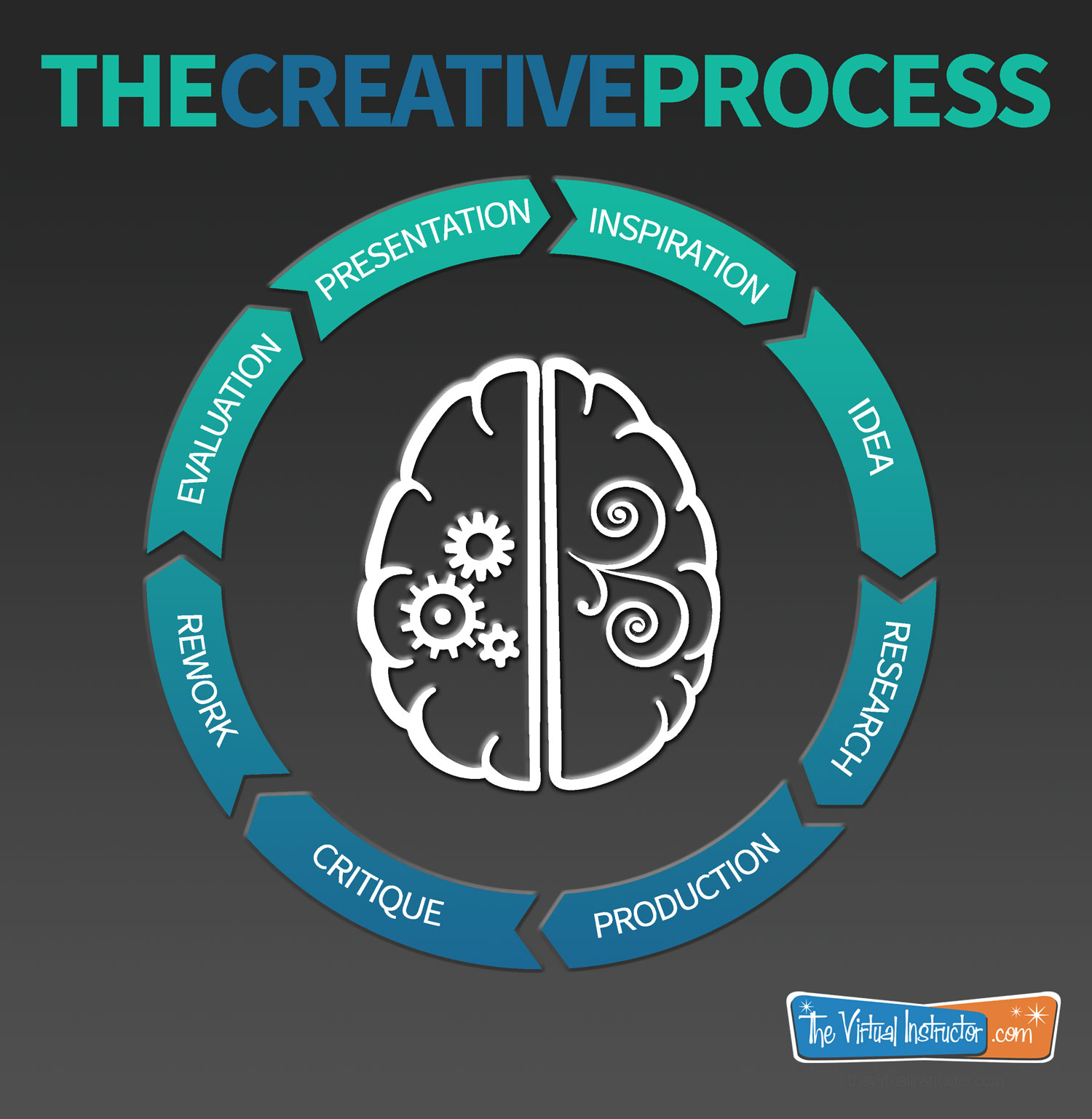

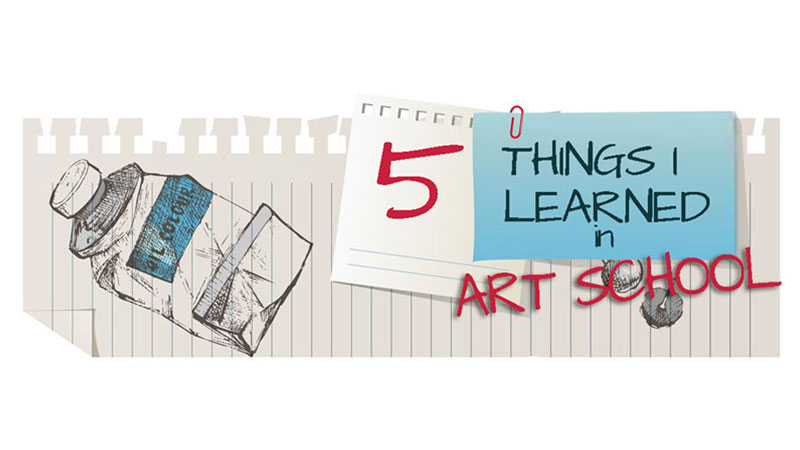
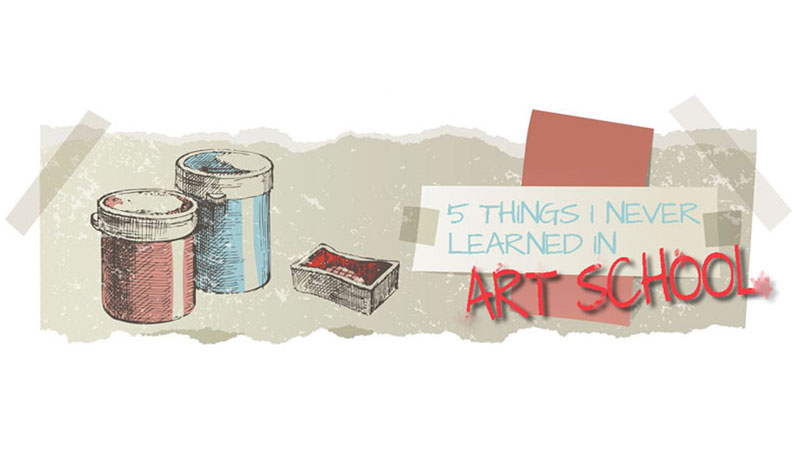
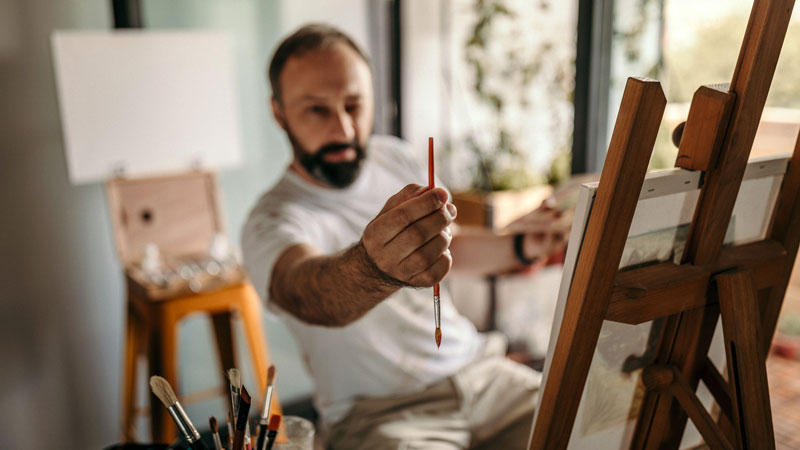
I loved what you had written here summarizing the creative process. I was especially struck by your perception of “Inspiration”. I’d often waited for inspiration to come, but had never thought to put myself in a position to be inspired. I will definitely try that step and see where it takes me …. thank you so much!
I learned this the hard way and very late in my life. So many people were encouraging me and telling me how talented I was. But though I was never satisfied I accepted this a a truth and didn’t start to self critique till I was past 40. I just finished a work where all of your steps have been followed even though I didn’t know I was doing it. Thank you so much for your help and inspiration to grow in my art.
I am intrigued by this article and have been inspired to ask if I may use it in a presentation to art students.